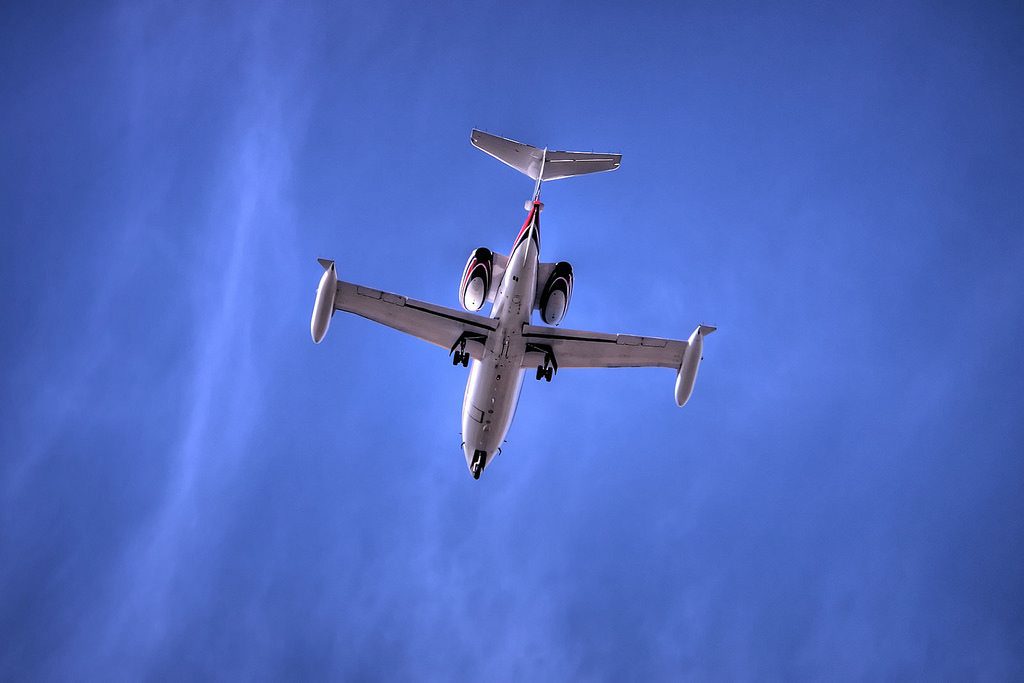Skift Take
The quick takeaway: Not all wealthy U.S. travelers travel the same way.
Every year, MMGY Global produces its Portrait of American Travelers. The 2017-2018 study is being released later this month, but Skift got an early peek at the findings covering the luxury sector.
We spoke with Craig Compagnone, MMGY’s senior vice president of business strategy. “As an industry, we typically get so focused on high income or net worth as a measure of the luxury traveler,” says Compagnone. “But just because someone makes X amount a year doesn’t make them a luxury traveler. Not all affluent people are luxury travelers.” MMGY looks at what people actually spend on luxury travel, versus using household income alone, as the measuring stick.
Therefore, MMGY defines the true luxury market as the part of the affluent segment willing to pay top dollar for quality, regardless. In the 2017-2018 study, 36 percent of all affluents fell into the luxury category, defined as “travelers with high household incomes that say it is worth paying more for the very best quality for vacation accommodations and transportation.”
Before continuing with the results, it is Important to note that the study measures affluence from a baseline of $125,000, which — as anyone living in San Francisco or New York or Washington, DC can attest — seems a low bar. However, Compagnone stresses that the figure is merely a starting point for the study’s definition of affluence, used mainly for statistical validity.
“Using travelers with a $125,000 household income gives us approximately ten percent of our data sample to work with, which is considered an appropriate margin,” he says. The data would not be statistically valid “were we to restrict our data pull to a minimum household income of $214,000.” Reasoning defined, Compagnone adds that the average household income in the affluent sample group turned out to be $223,820.
So, you have the budget-conscious (when it comes to travel) affluent set and the luxury spending set. The travel habits of the two distinct groups do vary:
- Luxury travelers took 4.68 leisure trips in 2016, versus 3.24 trips for the affluent.
- In the coming year, 16 percent of luxury travelers expect to travel more. On the other hand, only six percent of all travelers plan to travel more, and only four percent of the affluent do.
- The luxury group is more than twice as likely to use travel agents to plan trips.
Another key gap between the merely affluent and the luxury spenders, says Compagnone, is that the latter group “is more driven by experiential and authentic experiences.” In terms of travel motivations, the MMGY study finds 82 percent of the luxury set travels to explore different cultures, while only 60 percent of affluents do. Similarly, sampling new cuisine is a motivator for 78 percent of the luxury crowd, but only for 58 percent of the affluents.
Results from the entire MMGY Global 2017-2018 Portrait of American Travelers will be released on June 27.
The Daily Newsletter
Our daily coverage of the global travel industry. Written by editors and analysts from across Skift’s brands.
Have a confidential tip for Skift? Get in touch
Photo credit: A Learjet landing. A new report from MMGY explains the travel habits of affluent Americans. Josh Beasley / Flickr
